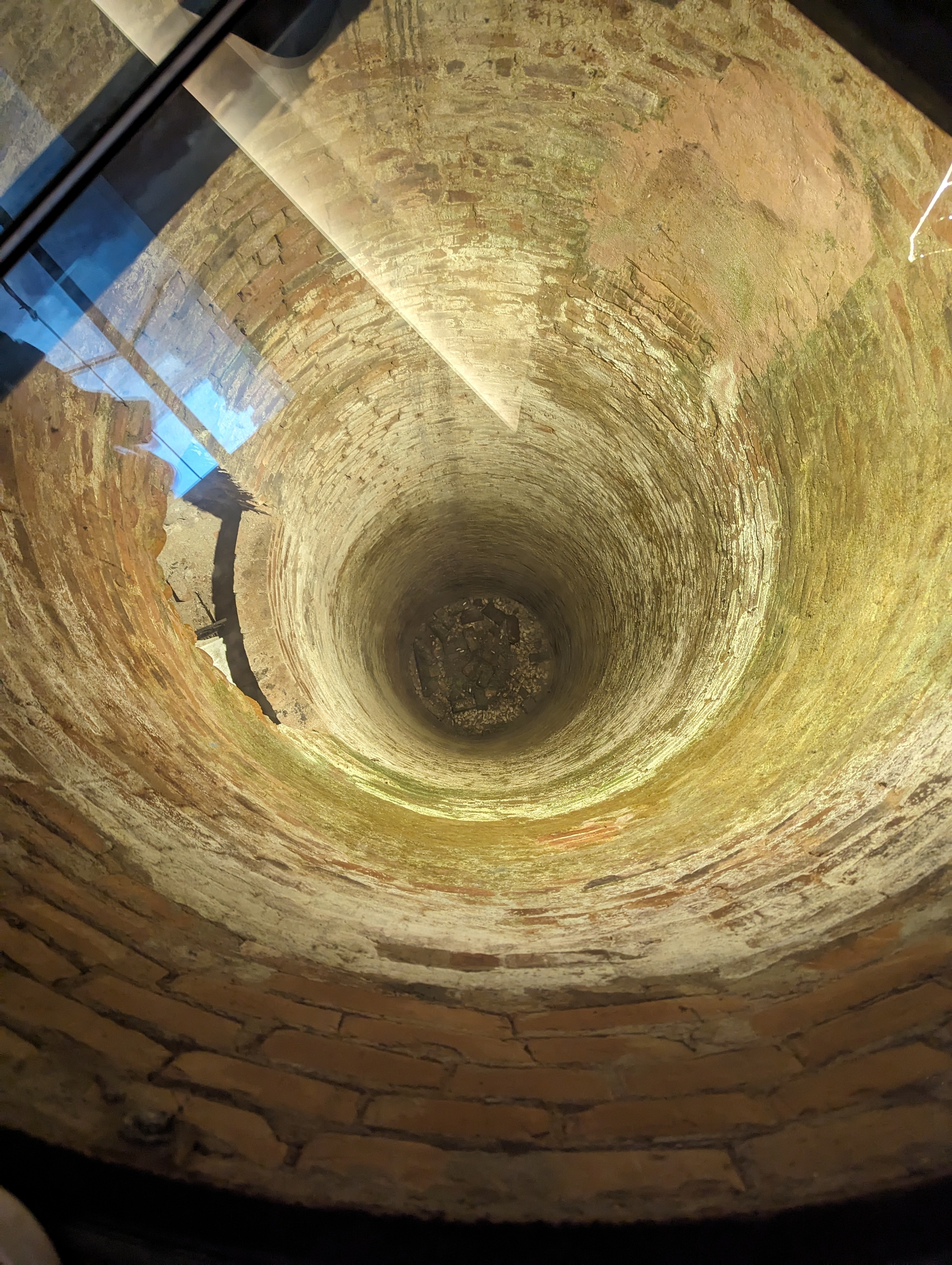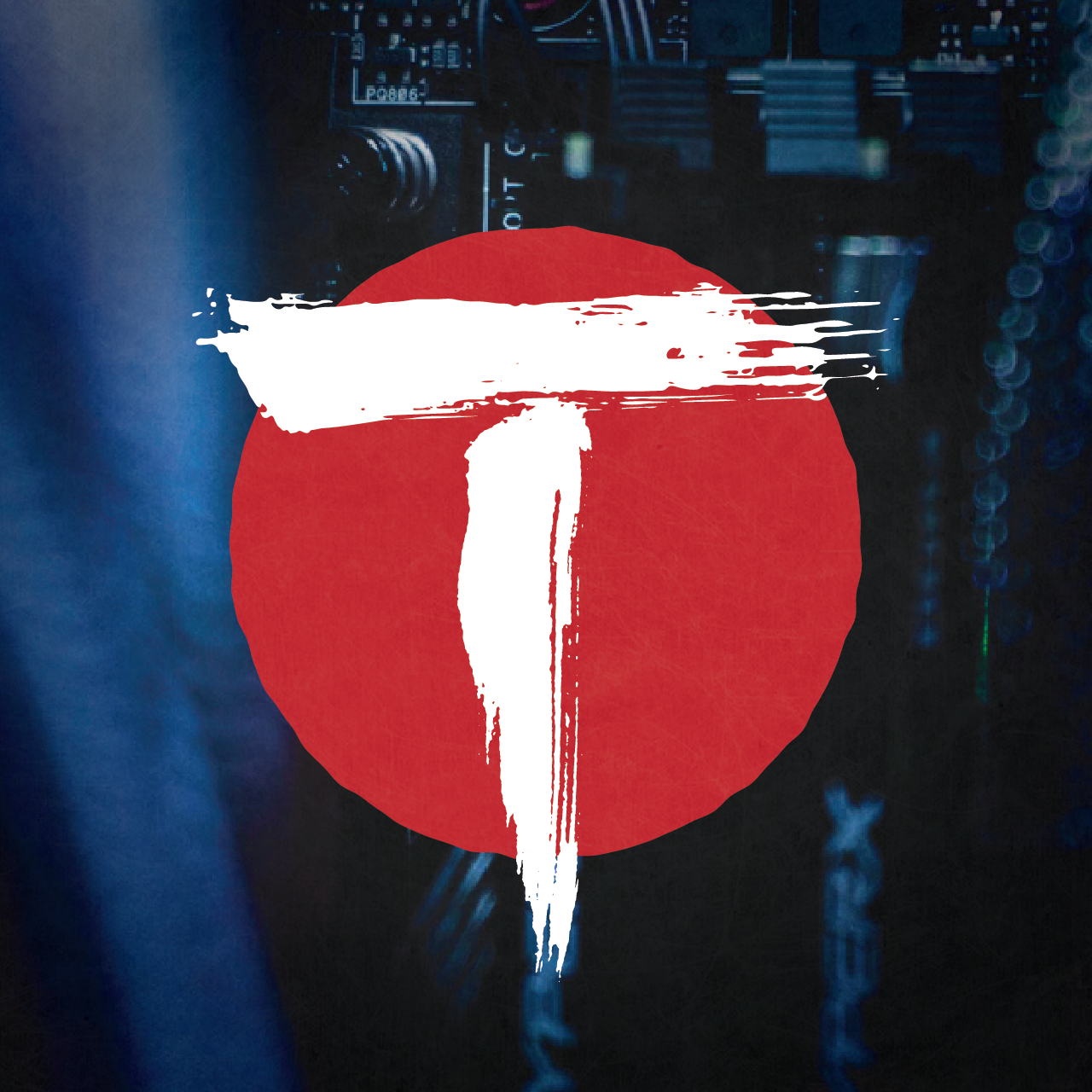I don’t get why is possible to regrow a lot of stuff (skin, muscles, broken bones etc.), but only to a certain extend. At one moment you are suddenly not able to rebuild things.
Why is that and what determines what we can regrow?
Mammals can’t de-differentiate cells back to progenitor stem cells, so their ability to heal is limited.
Cells turning back into stem cells sounds great until you realize this is a major pathway for tumor formation and not good with our relatively long lifespans.
This is not true.
It’s not about cancer, it’s about senescence. Mammals’ and many other animals’ only way to adapt to an ever changing enviroment, is: remix genes + mutations + epigenetic factors. And hope for the best.
In order for parents to not compete with their offspring for food or sex, they have to die. Which can simply be a limited lifespan by cells getting sloppy in their maintenance, or by choosing to starve yourself to death.
If you get injured badly, you have failed to survive. It is more energy and evolutionarily speaking to let you die, than expend energy on your recovery. Energy is limited in every enviroment. Depression and lethargy are interesting aspects to self-elimination (not suicide) as well.
Senesence is also why cancer is far more common in older people than in children. Our repair functions stop doing their job well as part of senescence. Increasing the chance and speeding up the development of tumors.
Our repair functions stop doing their job well as part of senescence. Increasing the chance and speeding up the development of tumors.
Those repair functions working better than normal is one of the hallmark signs of cancer, specifically telomerase being reactivated. Senescence is anti cancer, not pro cancer. You know those HeLa cells that are immortal? Cancer cells. Having a time limit or replication limit on cells through senescence is a great way of limiting tumors.
The two barriers to proliferation—senescence and crisis/apoptosis—have been rationalized as crucial anticancer defenses that are hard-wired into our cells, being deployed to impede the outgrowth of clones of preneoplastic and frankly neoplastic cells. According to this thinking, most incipient neoplasias exhaust their endowment of replicative doublings and are stopped in their tracks by one or the other of these barriers. The eventual immortalization of rare variant cells that proceed to form tumors has been attributed to their ability to maintain telomeric DNA at lengths sufficient to avoid triggering senescence or apoptosis, achieved most commonly by upregulating expression of telomerase or, less frequently, via an alternative recombination-based telomere maintenance mechanism. Hence, telomere shortening has come to be viewed as a clocking device that determines the limited replicative potential of normal cells and thus one that must be overcome by cancer cells.
So how does this apply to Wolverine? Is he a lizard?
He is fiction. Thats how it apply
That depends on what you’re referring to. Quick caveat, I’m not an expert in regenerative biology, but I have studied it somewhat.
The trick is that the healing that you’re referring to, it’s not really healing in the way that you’re imagining it. The skin doesn’t really quite grow back in the same way. Instead, there’s more collagen than there normally would be (we would then call that scar tissue). In essence, we’re not really healing, our bodies are just doing a patchwork fix. The presumed reason is that our bodies figure that it’s not going to cause any problems before we die from other causes. This is really quite true of other tissues as well. The liver is known to be able to grow back, but if you look at the microstructures, the regrown stuff is missing a lot of the nuances that the original had. Our bodies expect us to live 70-ish years, and so they don’t care about anything that could happen after that.
In order to truly, really regenerate, you’ll need stem cells. Some animals are remarkably good at keeping around stem cells and regenerating, but somewhere along the evolutionary line, mammals lost the ability to use stem cells. It’s still an ongoing area of research about why this happened and whether we can generate stem cells in the lab and whether we can manipulate stem cells to our benefit. It should also be pointed out though that, by its intrinsic nature, stem cells divide and don’t specialize into any roles, so it’s very easy for them to go cancerous. In the few spots where mammals do keep stem cells around, their division is very tightly controlled, and even then they are the source of the most common cancers in humans
It’s still an ongoing area of research about why this happened
Wouldn’t the obvious answer be “because cancer”?
their division is very tightly controlled, and even then they are the source of the most common cancers in humans
Can you give examples?
wouldn’t the obvious answer be cancer
Sure, but that’s a bit of a teleological reasoning. Not to mention, there are many ways to avoid cancer without removing stem cells from the vast majority of a species’ life history. Beyond that, people are also concerned about what specific mutations led to mammals’ inability to keep stem cells around, because this knowledge would directly help with our ability to generate stem cells in the lab.
examples
Intestinal and stomach cancers, for instance, have a lot to do with the stem cells in the intestinal/stomach lining. You can also debate whether the progenitor of skin cells counts as a stem cell. In general though, I think this statement is really just a slightly-more-detailed restatement of the general observation that tissues that experience a lot of turnover are more likely to develop into cancer
Thanks for that, really interesting stuff.
The cell is programmed to be self-regulating. Because if its not you call that cancer, and the cell would either commit suicide or get killed by immune cells. I think that selective pressures determine what cells needs a higher turnover rate. Because skin is more important to replicate than neurons.
I think the general answer you’re looking for is Stem Cells.
I know from experience that you can cut the tip of your finger off and it will grow back more or less the same. But if you have it stitched back on, it will leave a scar and not feel the same again.
The limits of our knowledge of biology. There is no particular reason I shouldn’t be able to regrow you from the skin cell you left on the doorknob - the DNA is all there - but nobody has any clue how you would go about doing that. (if we ever get there it will make for some interesting nature vs nurture data). Only time will tell how much we figure out in the future. For today the limits are where they are.



